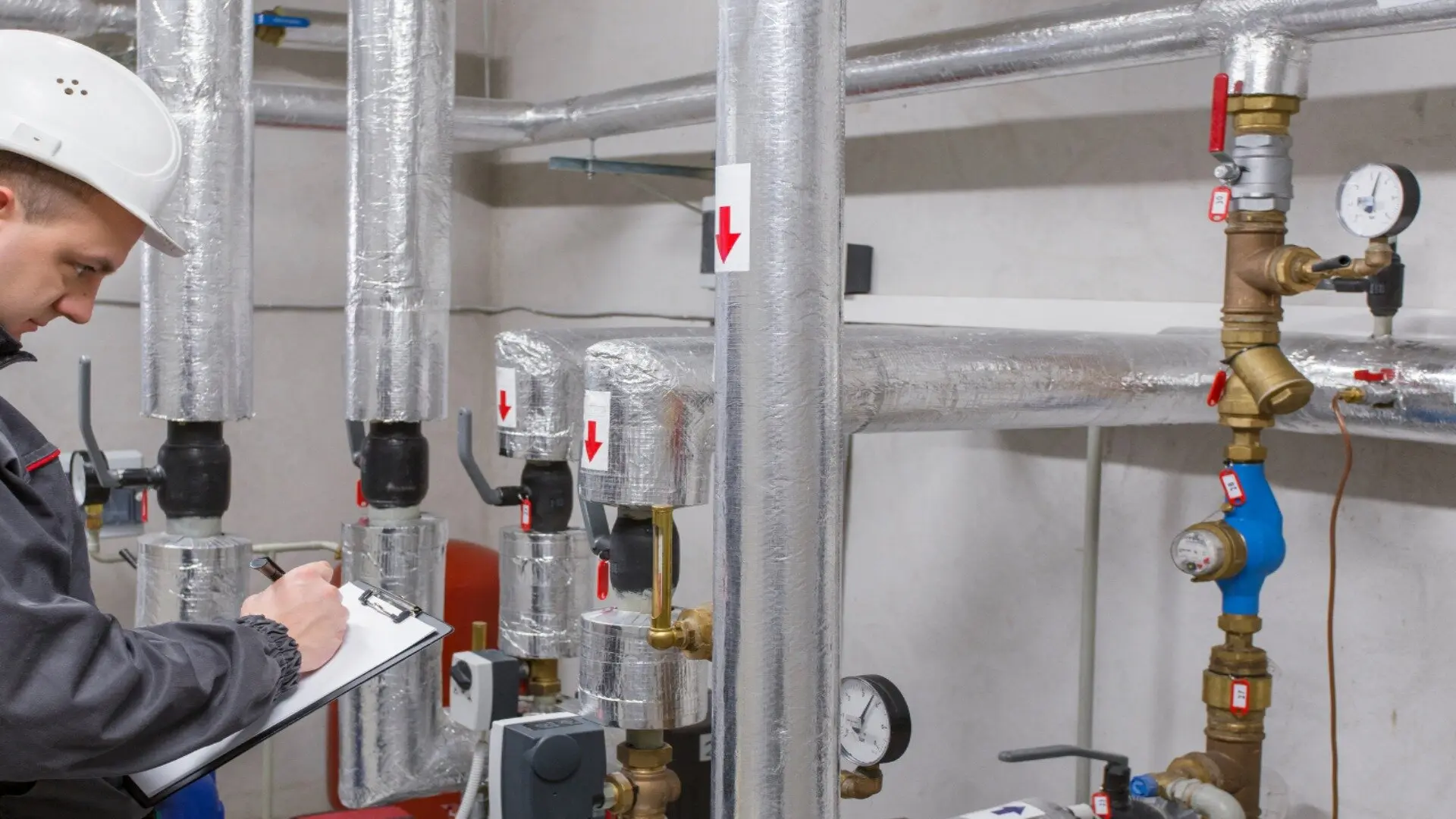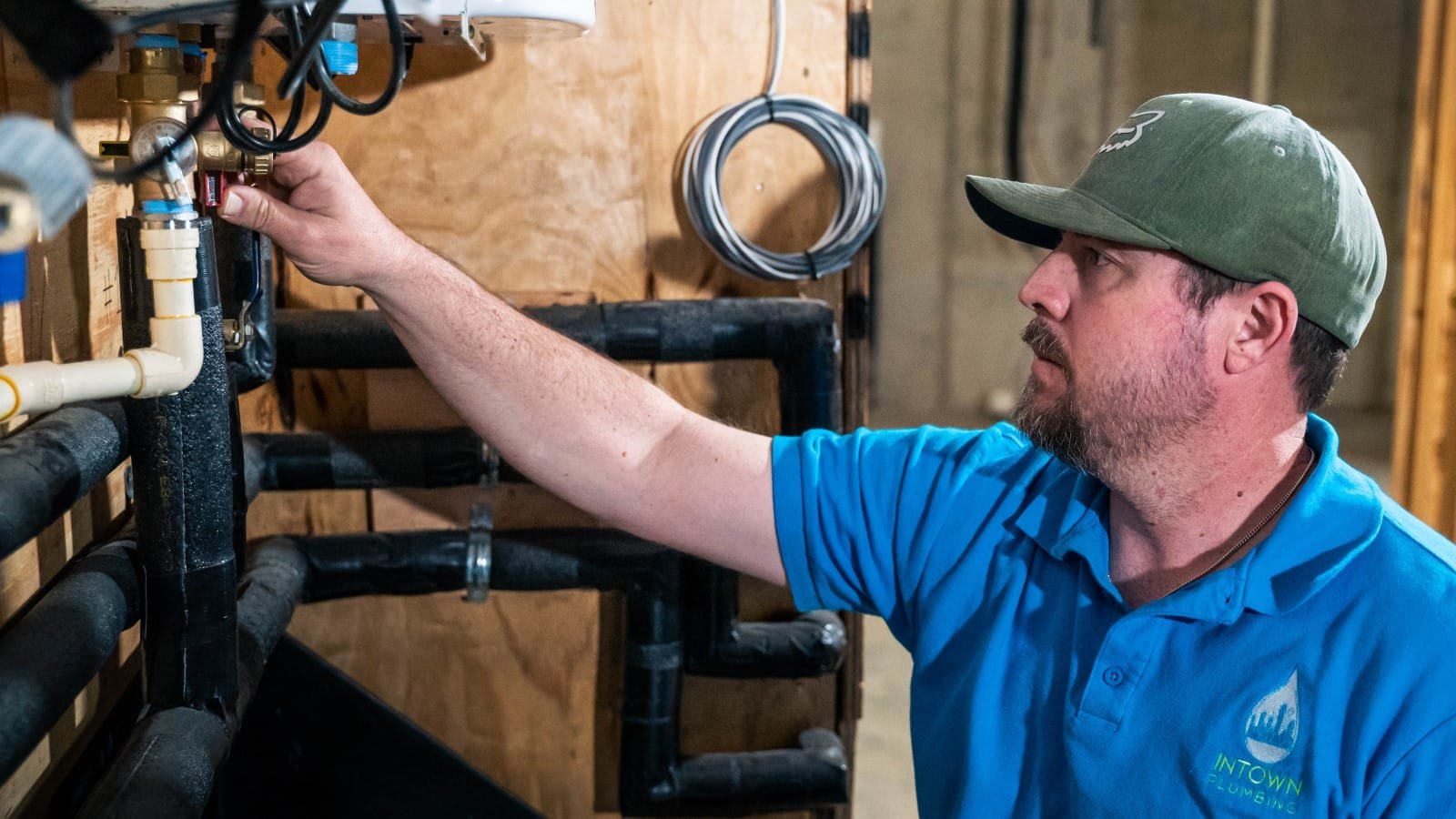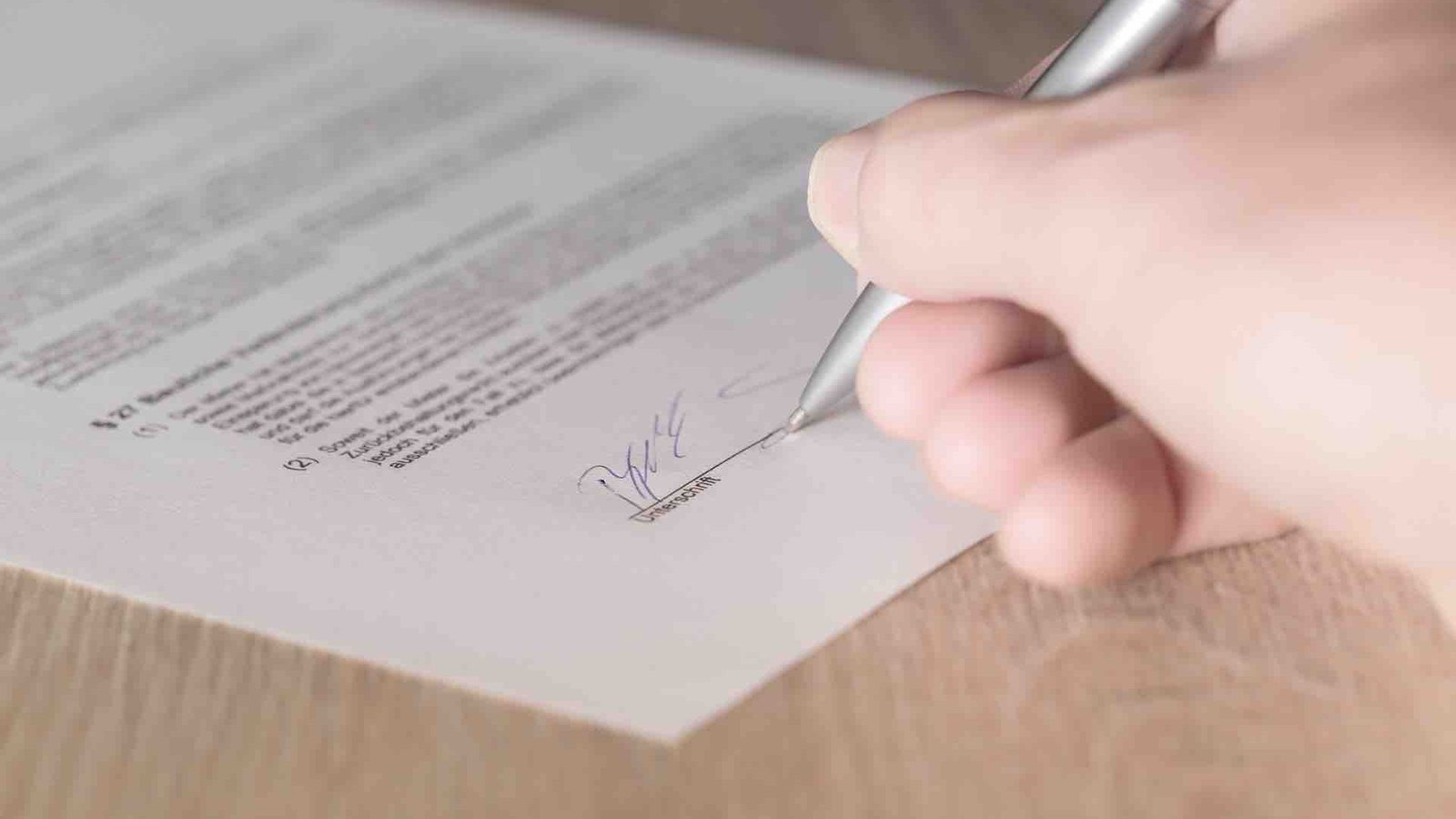When conducting commercial inspections, identifying plumbing issues in commercial inspections is crucial. Plumbing problems can lead to significant damage and costly repairs if not caught early. This article provides practical tips for recognizing plumbing issues during your inspections, ensuring you protect your investment and maintain the property’s value.
1. Start with a Visual Inspection
The first step in identifying plumbing issues in commercial inspections is to perform a visual examination. Look for signs of leaks, such as water stains on walls and ceilings. Also, check for discoloration, mold, or mildew, which can indicate moisture problems. These visual clues often point to underlying plumbing issues that need further investigation.

2. Check the Water Pressure
Water pressure is a vital aspect of plumbing systems. During your inspection, test the water pressure in various areas of the property. If you notice low water pressure, it could indicate a leak in the system or blockage in the pipes. Conversely, excessively high water pressure can lead to pipe damage and burst pipes. Identifying these issues early can save significant repair costs later on.
3. Look for Unusual Sounds
Paying attention to sounds can be another effective method for identifying plumbing issues in commercial inspections. Listen for gurgling, dripping, or hissing noises from pipes. Gurgling sounds may indicate a clogged drain, while hissing could signal a leak. Noticing these sounds during your inspection can help you pinpoint problems before they escalate.
4. Inspect the Fixtures
Inspecting fixtures is an essential part of your plumbing assessment. Check faucets, toilets, and sinks for leaks, drips, or cracks. Ensure that all fixtures are functioning correctly. When identifying plumbing issues in commercial inspections, a thorough examination of fixtures can reveal hidden problems that may not be immediately visible.
5. Assess the Condition of Pipes
The condition of the pipes is critical in any plumbing system. Look for rust, corrosion, or deterioration during your inspection. Old pipes made of materials like galvanized steel may be prone to leaks and blockages. If you identify any concerning conditions, consider having a professional evaluate the plumbing system further.
6. Check for Signs of Backflow
Backflow issues can pose serious health risks. During your commercial inspection, ensure that backflow prevention devices are installed and functioning correctly. Look for signs of backflow, such as foul odors or unexpected water pooling. Identifying backflow problems is vital for maintaining the safety and integrity of the plumbing system.
7. Inspect the Drainage System
The drainage system is another crucial area to evaluate. During your inspection, check for slow-draining sinks or toilets. These signs can indicate clogs or blockages in the drainage system. If you notice persistent drainage issues, it may be necessary to investigate further, as they could lead to more severe plumbing problems.
8. Review Maintenance Records
When identifying plumbing issues in commercial inspections, reviewing the property’s maintenance records is beneficial. These records can provide insights into past plumbing repairs and ongoing issues. If the property has a history of plumbing problems, it’s essential to address these concerns during your inspection to prevent future complications.
9. Look for Moisture in Unlikely Places
Moisture can appear in unexpected locations, signaling plumbing issues. Check areas like basements, crawl spaces, and behind walls for any signs of moisture accumulation. Identifying hidden leaks or condensation can help you address plumbing problems before they cause significant damage to the property.
10. Consider Using Professional Tools
Finally, if you want to enhance your ability to identify plumbing issues in commercial inspections, consider using professional tools. Devices like moisture meters, thermal imaging cameras, and video inspection equipment can provide valuable insights into the plumbing system’s condition. These tools can help you detect problems that may not be visible during a standard inspection.
Conclusion
In conclusion, identifying plumbing issues in commercial inspections requires careful attention and a systematic approach. By following these tips, you can spot potential problems early, saving you time and money in the long run. From visual inspections to checking water pressure and drainage systems, each step plays a vital role in ensuring the plumbing system’s integrity. By prioritizing these practices, you can help maintain the property’s value and prevent costly repairs down the road.




